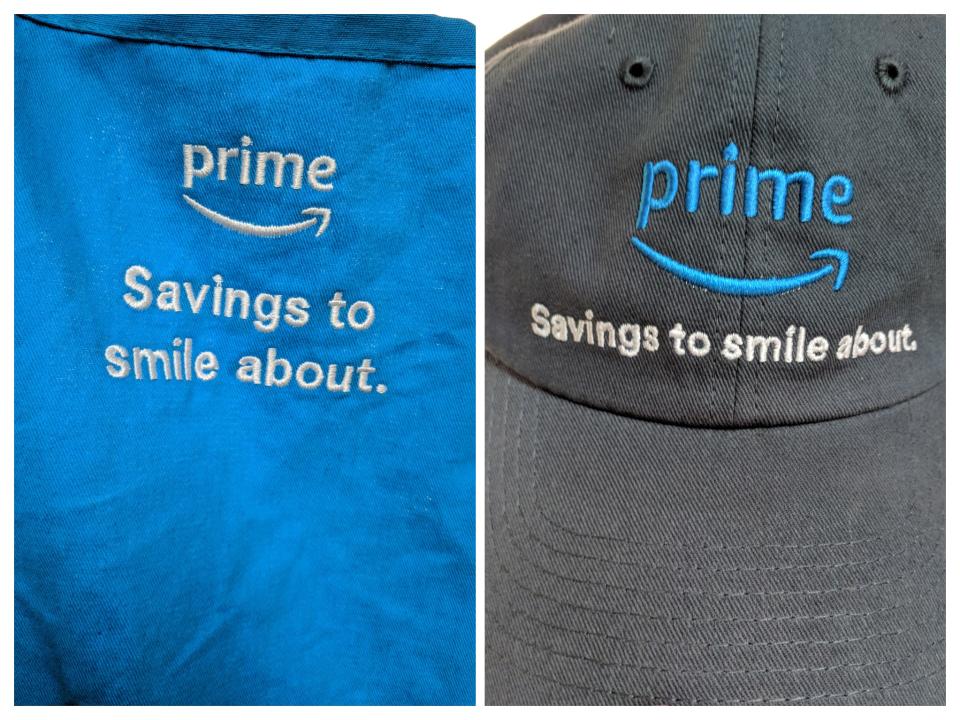Amazon to offer Whole Foods discounts to Prime members nationwide
Amazon (AMZN) is offering Prime member perks at all Whole Foods Market stores nationwide starting Wednesday, June 27, in time for its annual shopping holiday, Prime Day, in mid-July. The perk was first available in Florida and gradually expanded into other areas in the past few weeks.

The Prime member discounts include an additional 10% off sale items, typically hundreds of products throughout the store, plus exclusive weekly deep discounts on select items.
To enjoy the exclusive deals, customers need to download the Whole Foods app and login using their Amazon Prime account or phone number. This is a much-anticipated move since Amazon bought Whole Foods last year. Cem Sibay, vice president at Amazon Prime, said in a statement that customer feedback from previous launches has been “overwhelmingly positive.” Within a day after Whole Foods started offering deals in Florida, the app’s ranking jumped to No. 18 from No. 256, based on downloads, among shopping apps in the Apple App Store, App Annie data shows.
In his annual shareholder letter in April, Amazon CEO Jeff Bezos revealed for the first time that Amazon has more than 100 million prime members globally. He also underscored the importance of Amazon’s deal with Whole Foods. “We’ve also begun the technical work needed to recognize Prime members at the point of sale and look forward to offering more Prime benefits to Whole Foods shoppers once that work is completed,” he wrote.
From Whole Foods green to Amazon Prime blue

The announcement in May of the first expansion was a surprise to customers and some Whole Foods team members, too. One employee in Colorado said his team was not informed of the change until last Wednesday, leaving the staff little time to prepare for the in-store discounts. Amazon has sped up the rollout of the perks before the annual $20 Prime membership hike, effective June 16, according to a source.
The products on sale are now selected by a team at Whole Foods’ headquarters in Austin, showing a more centralized decision system in Whole Foods. Regional stores used to have autonomy in selecting items and price setting.
Analysts believe a more centralized purchasing system could help Whole Foods reduce costs and better compete with other players like Walmart (WMT) and Kroger (KR). But some employees and customers worry Whole Foods will gradually lose its local touch, something the company has been using to differentiate itself. Locally produced natural food brands also find it harder to find their way into Whole Foods nowadays.
One thing many Whole Foods employees need to get used to — the Prime Blue on posters and stickers in the typically green-themed stores. Associates sit behind a table as “Prime ambassadors” to answer customers questions. “They look like Walmart,” some said complaining about their blue aprons.
This story was updated on June 25, 2018.
Krystal Hu covers technology and economy for Yahoo Finance. Follow her on Twitter.
Read more:
Small businesses will be the losers in the Supreme Court’s online sales tax case
